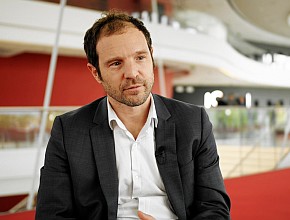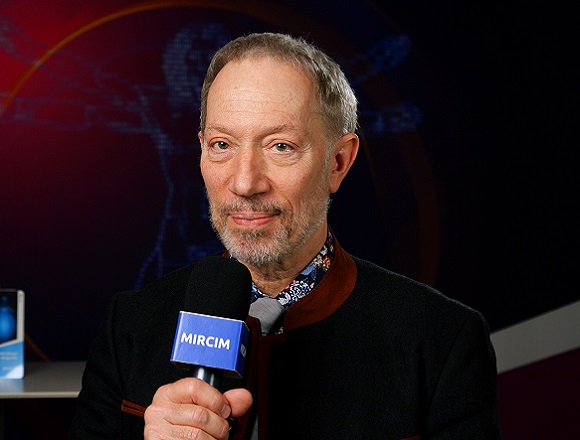Dr Bhaskar Dasgupta is a professor of rheumatology at Southend University Hospital, UK, honorary professor of Essex University, and international expert and key opinion leader in giant cell arteritis and polymyalgia rheumatica.
How to differentiate patients with myositis from those with noninflammatory myopathy in clinical practice? Can myositis be excluded if creatine kinase levels are within the reference range? When to perform muscle magnetic resonance imaging and when biopsy?
Bhaskar Dasgupta, MB BS, MD: Well, the differentiation of patients with myositis from [those with] noninflammatory myopathy is, first of all, related to the mode of disease onset. Myositis tends to have a really abrupt or acute onset, whereas noninflammatory myopathies tend to be long-term and they may gradually progress.
In myositis you also get the typical skin features of dermatomyositis, which needs to be looked at very, very carefully, and you also get the associations of other connective tissue diseases. You may get features that may signal underlying malignancy, such as weight loss and other systemic symptoms, whereas in noninflammatory myopathies you don’t get that. What you need to look for, particularly in a noninflammatory myopathy, is whether there are other metabolic or any toxicological causes of muscle weakness.
It’s very important to look for drugs that can be causing the muscle weakness. And here I’m talking about steroids. Long-term [use of] steroids definitely cause[s] a steroid myopathy. I’m looking at alcohol [use]. [In the] long term, people who abuse alcohol, they get a muscle weakness. And, of course, the statins can cause a myopathy as well. And there are toxicological causes that can cause myopathy. And you need to look for poisoning, such as botulism. You need to look at organophosphorus poisoning and other nerve poisons when we are looking at the inflammatory myopathy. So, you need to basically look for metabolic and drug-induced causes in noninflammatory myopathy.
In terms of whether myositis can exist if the creatine kinase (CK) levels are within the reference range: yes, it can [be within the range], but it is the exception. Generally, what we see is that myositis is associated with CK elevation. But—particularly we have seen [it] in patients with cancers—sometimes you get myopathy where the CK [level] is completely normal.
And in this sort of situation, it brings us very nicely to answering the third question, [that] is, when do we perform muscle magnetic resonance imaging (MRI) and when do we do biopsies? Well, my practice is that whenever I suspect [that] a patient has myopathy—whether it is an inflammatory myopathy or a noninflammatory myopathy—I tend to do MRI because MRI will tell you whether the muscle has been atrophied for a long time or whether there’s active inflammation, or whether there’s a fasciitis that is causing muscle weakness. So, MRI of the proximal muscles, by which I mean the arms and the thighs, is vital. And it is very important to do MRI because you need to select the site for the biopsy. If you want to tell the surgeon “I want a piece of tissue from this area,” you need to do MRI and actually say that you want the biopsy from this muscle group where you will get the diagnosis.
 English
English
 Español
Español
 українська
українська









